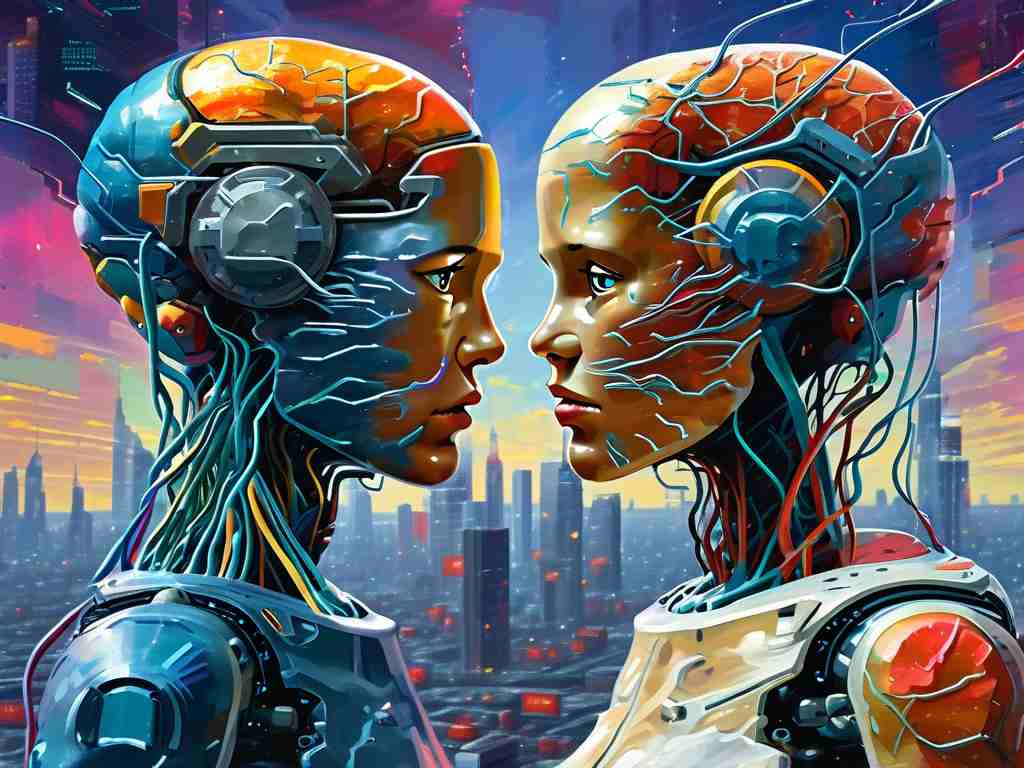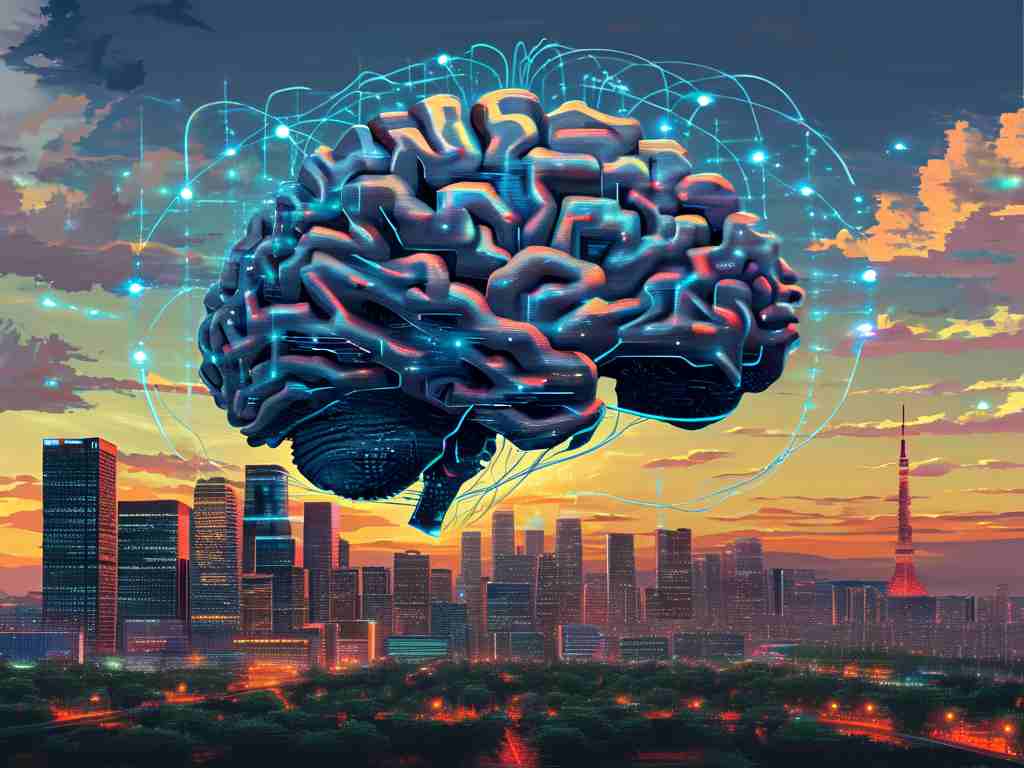Neural networks represent a cornerstone of modern artificial intelligence, drawing inspiration from the human brain's intricate web of neurons to solve complex problems. These computational models have revolutionized fields like image recognition, language translation, and autonomous systems by learning patterns from vast datasets. At their core, neural networks consist of layers of interconnected nodes, each simulating a biological neuron. Input data flows through these layers, with weights adjusting during training to minimize errors, while activation functions like ReLU introduce non-linearity for better decision-making. This architecture allows networks to generalize from examples, making predictions on unseen data with remarkable accuracy.

The history of neural networks dates back to the 1940s with pioneers like Warren McCulloch and Walter Pitts, but it wasn't until the 2010s that advances in computing power and big data fueled their explosive growth. Today, deep learning—a subset involving multiple hidden layers—powers breakthroughs such as self-driving cars and medical diagnostics. For instance, convolutional neural networks excel in visual tasks by detecting edges and textures, while recurrent networks handle sequential data like speech or text. Despite their power, neural networks face challenges, including the "black box" problem where internal decisions remain opaque, leading to ethical concerns in areas like bias and accountability. Researchers are tackling this with techniques like explainable AI to build trust.
Implementing a neural network often involves frameworks like TensorFlow or PyTorch. Below is a simple Python code snippet using TensorFlow to create a basic feedforward network for digit classification, illustrating how easy it is to get started:
import tensorflow as tf
from tensorflow.keras import layers, models
# Build a sequential model
model = models.Sequential([
layers.Flatten(input_shape=(28, 28)), # Input layer for MNIST images
layers.Dense(128, activation='relu'), # Hidden layer
layers.Dense(10, activation='softmax') # Output layer for 10 digits
])
# Compile and train
model.compile(optimizer='adam', loss='sparse_categorical_crossentropy', metrics=['accuracy'])
model.fit(train_images, train_labels, epochs=5)
This code trains a model on the MNIST dataset, demonstrating key elements like layer stacking and optimization. Beyond coding, neural networks drive innovations in everyday tech; virtual assistants like Siri rely on them for natural language understanding, and recommendation systems on Netflix personalize content through predictive analytics. However, their hunger for data and computational resources raises sustainability issues, prompting shifts toward energy-efficient designs and federated learning.
Looking ahead, the future of neural networks is bright with emerging trends like neuromorphic computing, which mimics brain efficiency, and quantum neural networks that could solve intractable problems. As AI democratizes, tools like AutoML enable non-experts to deploy models, fostering innovation in small businesses and education. Ultimately, neural networks embody a transformative force, reshaping industries while urging responsible development to harness their potential ethically. By understanding and engaging with this technology, individuals can contribute to a smarter, more connected world where AI augments human capabilities rather than replaces them, paving the way for solutions to global challenges like climate modeling and disease prediction.









